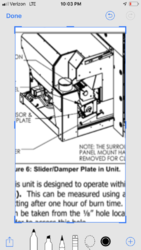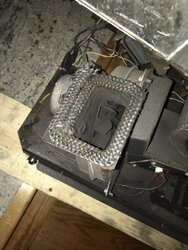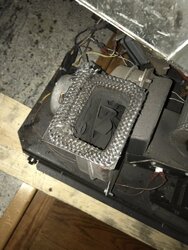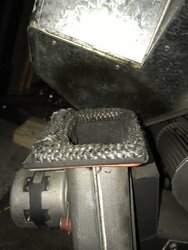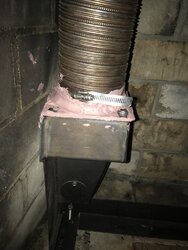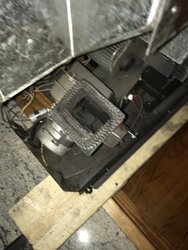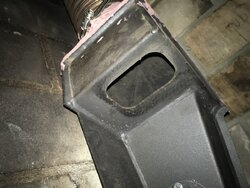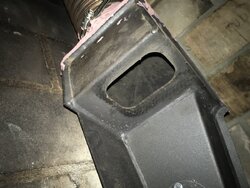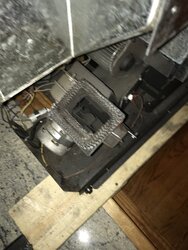Hello,
I realize there are quite a few ‘smoke smell’ posts but I haven’t found anything specific to the GCI 60 insert.
Just bought a used stove, it’s a 2014, installed the entire thing myself including the 4 inch liner. Now that I’m running the stove I’m getting a smoke smell when the blower kicks on. Could this be due to the slight gap where the heat exchange tube scraper handle inserts in to the firebox?
I realize there are quite a few ‘smoke smell’ posts but I haven’t found anything specific to the GCI 60 insert.
Just bought a used stove, it’s a 2014, installed the entire thing myself including the 4 inch liner. Now that I’m running the stove I’m getting a smoke smell when the blower kicks on. Could this be due to the slight gap where the heat exchange tube scraper handle inserts in to the firebox?


